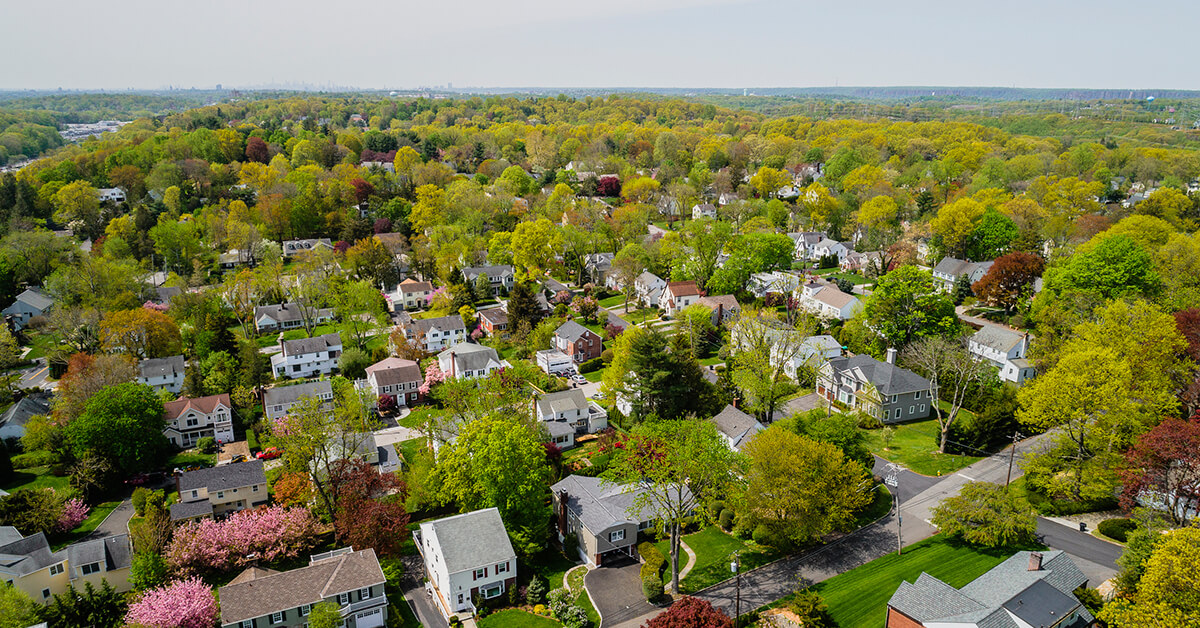
Alternative Resources Are Stepping Up To Help Rural Homeowners
Rural living is often portrayed in American popular culture as either beautifully idyllic or comically run down. Since 2006 blogger and now famous lifestyle guru Ree Drummond, also known as the Pioneer Woman, has been painting a picture of cowboys riding over sunset-lit Oklahoma hillsides to their beautifully decorated ranch houses. This year, ABC put out a sitcom called Bless This Mess that shows a charmingly inept city-slicker couple trying to give it a go in a run down, dilapidated, rural Nebraska farmhouse.
But the reality, is that life in rural America life is not picture-perfect for every homeowner and living in houses where the roof is caving in and the barn is falling down is not all that amusing in real life. Many rural residents today are struggling to find affordable housing, keep their homes in good repair or simply keep their homes at all.
Cornell University recently put out a paper called, Addressing Rural Housing Challenges: What USDA can do by Corianne Payton Scally. The paper tells us that the worsening of the rural housing market over the last 10 years has had a direct impact on the economic health of people living in rural communities.
“Housing supply has failed to keep up in growing rural communities, and persistent poverty has deepened. Without additional public and private investment, rural families and seniors will continue to struggle to afford decent shelter.”
The paper goes on to outline ways in which The U.S. Department of Agriculture’s (USDA) Rural Development agency could offer additional support. An approach that makes sense if you consider the fact that the USDA already assists over “1.2 million homeowners with affordable mortgages and over 400,000 households with quality, affordable rental housing.”
However, despite the USDA’s significant contribution to the rural housing market, rural residents need additional, and more agile support. As a direct result, private and nonprofit resources have taken a greater role in building a future for rural homeowners. Let’s take a look at three of the more active ones in areas of loans, advocacy and community support.
The Neighborhood Assistance Corporation of America (NACA) is a nonprofit organization that has been helping prospective, rural homeowners with poor credit purchase and upgrade their homes without having to go through subprime lenders.
NACA says that they believe predatory lenders, with high interest rate loans, set rural homeowners up for failure. NACA’s approach is to provide homeownership education, fair rates and no closing fees. They are not direct lenders, but work with banks on behalf of homeowners.Two of NACA’s biggest partners are Citigroup and Bank of America.
The National Association of REALTORS® (NAR) sounds like an organization that was set up, well for REALTORS® – but they are actually a group that has been working hard to advocate for rural homeowners rights.
NAR President John Smaby shared that when the government shutdown occurred this past January the organization, “asked the Trump administration to provide relief to people whose Rural Housing Loan Program mortgage applications have been held up by the partial government shutdown.” NAR requested that the U.S. Department of Agriculture, which runs the Rural Housing Service, provide the staff necessary to process outstanding USDA loans during the department’s temporary reopening of its Farm Service Agency offices.
NAR has also been a strong supporter of the extension and reformation of the National Flood Insurance Program (NFIP) – a program that matters a great deal to many rural homeowners who rely on the financial assistance NFIP provides after a natural disaster.
The Local Initiatives Support Corporation (LISC) has become an important resource for rural communities. They are known for assembling grant funding from private and public sources, but they also provide communities with needed empowerment. LISC seeks to understand what rural residents need to thrive in all ways and then sets out to provide them with those things – be it housing grants, job training or technical assistance.
For example, LISC has been outspoken about how important it is that communities in rural areas have access to high speed broadband. They believe it directly translates into the community’s ability to expand and improve their rural economy. LISC states that, “Internet Service Providers are currently required to report broadband availability and speed twice a year. But the data provided can be misleading as entire zip codes can be marked as “served” if just one house in the area is served by high speed broadband internet.This means the maps currently used by Congress, federal agencies, and the State do not paint an accurate picture of reliable internet access in rural areas.”
So LISC partnered with the Rural Community Assistance Partnership (RCAP) and the National Association of Counties (NACo) to create the TestIT smartphone app. The app “invites rural residents to participate in the effort, identifying current broadband speed and service gaps in underserved communities.”
Time to Focus on Affordable Housing
Taxes on real estate are not the answer. Sign the petition calling on Congress to address our country’s housing shortage.





